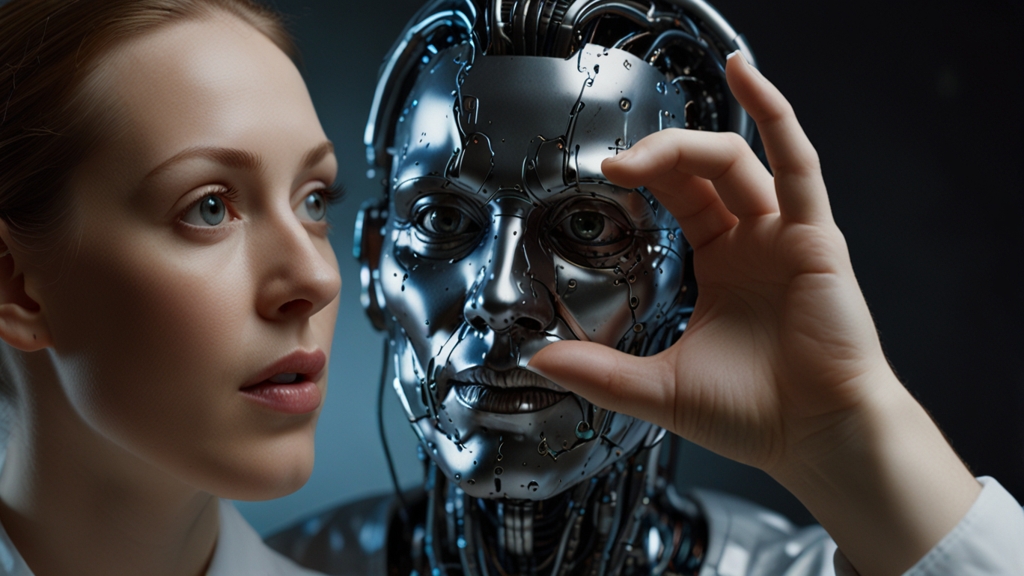Introduction
Artificial Intelligence (AI) has permeated various aspects of our lives, from healthcare to finance, and from entertainment to law enforcement. While the potential benefits of AI are immense, its deployment also comes with significant challenges, particularly the risk of perpetuating and even exacerbating biases. Fighting bias in AI and creating fair algorithms is not merely a technical issue but a societal one, demanding a multi-faceted approach to tackle effectively.
Understanding Bias in AI
Bias in AI can manifest in various ways, from biased training data to flawed algorithmic design. For instance, if an AI system is trained on historical data that reflects societal biases, such as gender or racial discrimination, these biases can be encoded into the AI's decision-making processes. This can lead to unfair outcomes, such as biased hiring practices or discriminatory lending decisions.
"The danger of AI is not that it will spontaneously turn malevolent, but that it will implement cultural and systemic biases with relentless efficiency." — Ethics in AI Report
The Sources of Bias
Bias in AI primarily stems from three areas: data, algorithmic design, and real-world implementation.
- Data Bias: Training data can be biased if it reflects existing prejudices. For example, facial recognition systems have been found to be less accurate for people with darker skin tones due to biased training datasets that predominantly feature lighter-skinned individuals.
- Algorithmic Bias: Even if the data is balanced, the algorithms themselves might have inherent biases due to the way they are designed. Sometimes, the objective function (what the algorithm is trying to optimize) may not consider fairness criteria.
- Implementation Bias: The manner in which AI systems are deployed can introduce bias. For instance, using AI to predict criminal behavior based on past data can disproportionately affect communities already subject to over-policing.
Strategies for Mitigating Bias
Addressing bias in AI requires a holistic approach that encompasses multiple strategies:
- Bias Audits: Conducting regular audits on AI systems to identify and mitigate biases.
- Diverse Data Sets: Using diverse and representative datasets to train AI models can help to minimize bias.
- Algorithmic Fairness: Incorporating fairness constraints into the design of algorithms. This might mean altering the objective function to account for equity considerations.
- Human Oversight: Maintaining human oversight over AI decision-making processes to ensure fairness and accountability.
"Ensuring fairness in AI is a continuous process requiring vigilance, innovation, and a commitment to social justice." — Dr. Jane Doe, AI Ethics Researcher
Case Studies and Real-World Examples
Several organizations are actively working on creating fair AI systems:
- IBM: IBM has developed the AI Fairness 360 toolkit, which offers tools to examine, report, and mitigate bias in machine learning models.
- Google: Google’s AI Principles underscore fairness as a key objective, leading to the development of fairness-aware algorithms.
- Microsoft: Microsoft has committed to diverse and inclusive datasets and supports research into AI fairness.
Conclusion
As AI continues to evolve, the challenge of creating fair algorithms remains a pressing concern. It is an interdisciplinary issue, requiring inputs from computer scientists, ethicists, sociologists, and policymakers. By understanding the sources of bias and implementing strategies to mitigate them, we can work towards more equitable AI systems. After all, the fairness of our AI systems is a reflection of our society's commitment to justice and equality.






